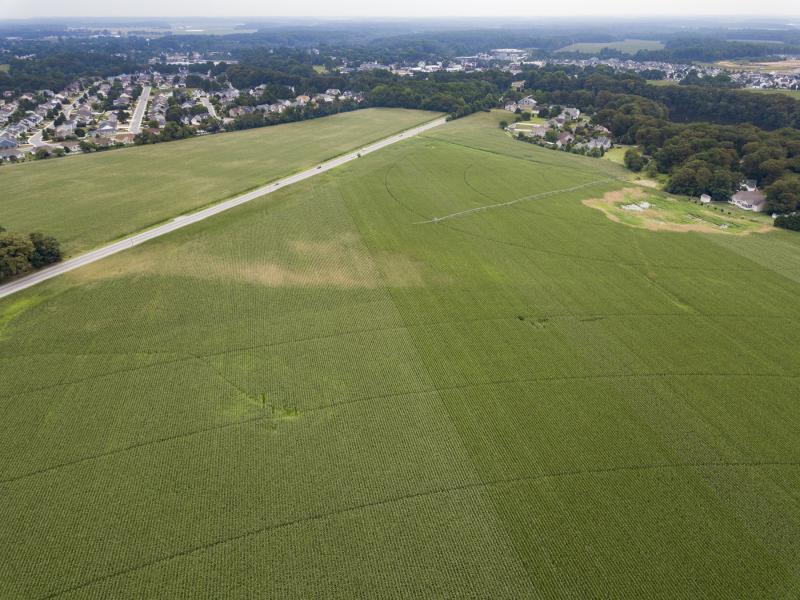Milton planners finalize report on Granary zoning

One of the final hurdles to a proposed annexation of 450 acres in Milton that would become the site of a 1,350-unit housing development was cleared Dec. 21 when the Milton Planning and Zoning Commission approved its advisory report recommending Milton Town Council move forward on a zoning of R-2 residential with a large-parcel development overlay.
Town council will schedule a public hearing on the annexation during its 6:30 p.m., Monday, Jan. 3 meeting at Milton library. The public hearing would likely be held in February, and council could vote at that point to annex the property into town.
Planning and zoning commissioners had approved the proposed zoning at their Nov. 16 meeting, with the main issue still to be worked out regarding when developer Convergence Communities would go for a conditional-use permit on what Convergence has called a “brewery incubator,” a small-barrel brewing system that would allow local brewers access to a production facility. Convergence officials told the commission at that meeting that their plan would be to come back for a conditional use later in the site-plan review process.
The development, to be known as The Granary at Draper Farm, would be located on a tract of farmland on Sand Hill Road. Development would be phased in over a 20-year period, although the pace of development would be influenced by market forces. Convergence has planned for 65 percent of the units to be single-family homes and 35 percent townhouses.
Plans also include 60,000 square feet of commercial space, a working granary, 55 acres of park land to be turned over to the town for public use, and biking and walking trails, which would include a tunnel underneath Sand Hill Road to connect with the Rails To Trails.
Town council is the last stop on the Granary’s trek toward becoming part of Milton. The project was first examined by the special review committee, which found that the advantages of annexing the parcel outweighed the disadvantages. Among the advantages were that the annexation and subsequent development would increase the town’s parkland and open space, utility fund revenues and tax base, along with providing business opportunities. Another positive factor is that the area is already targeted for growth in the town’s comprehensive development plan.
A report prepared for the town by the University of Delaware’s Institute for Public Administration states that over the proposed 20-year development period between 2024 and 2043, the town stands likely to make an estimated $15 million in revenues. That projection is based on a sale price of $585,000 for each 3,000-square-foot house and $380,000 for each 2,500-square-foot unit, although town council members have said those estimates are too high.
In turn, over the 20-year development time frame, the town would be projected to spend more than $3 million, with most of those costs related to additional employees and equipment. Among the new hires likely needed over that period would be six new police officers and six public works department employees.
Other disadvantages included the need for road improvements, increased town staff and additional office space for town employees. The report also noted that the town will be impacted by the development whether the land is annexed into Milton or not.
If council approves the annexation following a public hearing, the project would head back to planning and zoning to begin the site-plan review process.
Ryan Mavity covers Milton and the court system. He is married to Rachel Swick Mavity and has two kids, Alex and Jane. Ryan started with the Cape Gazette all the way back in February 2007, previously covering the City of Rehoboth Beach. A native of Easton, Md. and graduate of Towson University, Ryan enjoys watching the Baltimore Ravens, Washington Capitals and Baltimore Orioles in his spare time.






















































